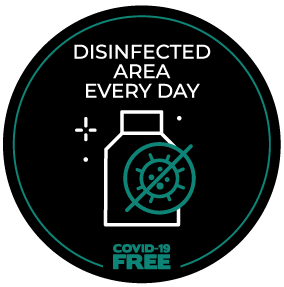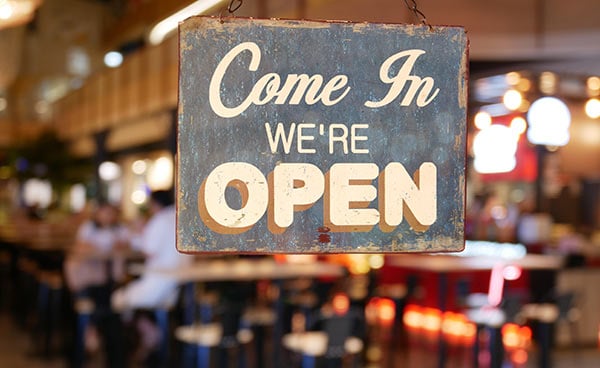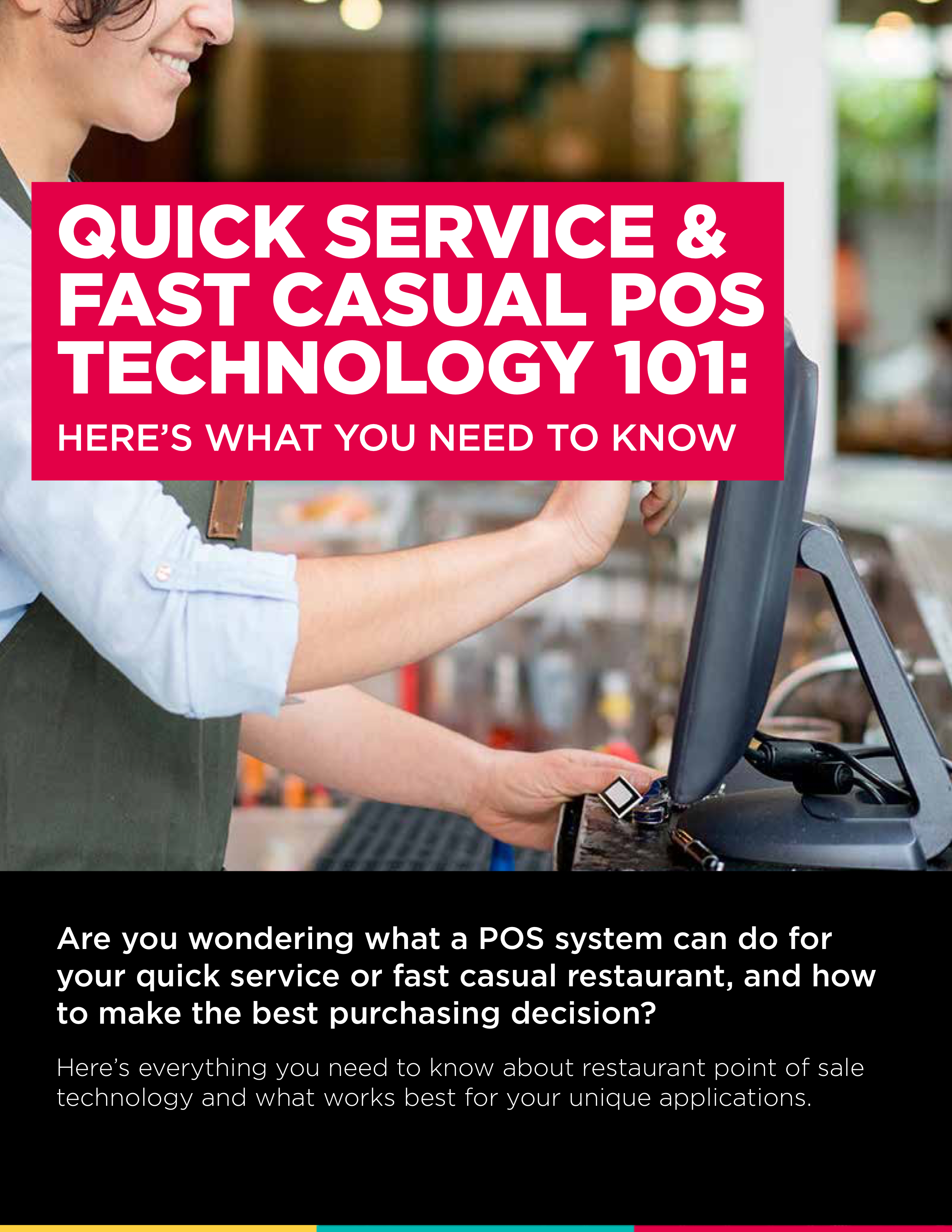Consumer behavior has changed drastically as the pandemic progressed, and many changes will be permanent even after the pandemic ends. Consumers are now more aware of the spread of harmful pathogens, and recognize the potential for future pandemics.
It is important that you are aware of changes with consumer behavior, and can adapt to these needs as they arise so that you can weather through the storm and thrive.
 Maintaining restaurant profitability is key. The two things that aid profitability are:
Maintaining restaurant profitability is key. The two things that aid profitability are:
- Increased sales
- Decreased costs
In order to maintain and even grow your business, you need to determine how to do both. You need to use the data available to you to see what your biggest costs are, whether or not you can cut back in certain areas that aren’t seeing as high of a demand, and what steps you need to take to increase your sales wherever possible.
Expanding Your Restaurant Offerings
Social distancing and government mandates initially put a halt to dine-in traffic, which has been traditionally the main source of revenue for restaurateurs and hospitality. Although restrictions are now being lifted, dine-in traffic may not be as popular right away even as the pandemic passes.
However, the silver lining is that this pandemic came at a time when restaurant innovation has given us many technology solutions that can help business owners find workarounds to help combat the negative effects. It’s critical to expand and improve your other restaurant offerings by leveraging these innovations.
Digital Ordering
Digital ordering is necessary for restaurants that want to stay in operation, even as social distancing restrictions lift, to minimize ordering in person. Without digital ordering you will likely see a sharp decline in business, and the business you do bring in will be mostly by phone, impacting your labor costs as employees take orders.
Digital ordering covers two distinct types of ordering:
Online
Online ordering makes it easy for customers to place orders on your website through any internet-connected device. They can order when and where they want, which offers greater convenience.
“With online ordering in place, our stores are seeing more than $3 ticket increase over in-store purchases. And now that we have the HungerRush system with reporting software, our stores are making more money than ever before.” - Brent Cordial, Giovanni’s Pizza
“Customers that are ordering online generate higher ticket sales, reduce order errors, free up staff to do other tasks, and reduce overall costs.” - Estel Powell, The Slice Pizzeria
Via App
To take your digital ordering a step further, a
branded restaurant mobile ordering app can be a valuable tool. This allows you to better connect with guests and strengthen customer relationships. You can send push notifications and personalized promotions to stay top-of-mind, which can be even more valuable in a time when operations are struggling.
Delivery
Delivery is a much safer alternative in this time of social distancing, and will become one of the primary ways for customers to get their orders in the foreseeable future. There are two major types of delivery operations:
In-house
This is the most profitable way to implement delivery. You keep all the profits, and don’t have to split them. If you don’t already offer delivery, you will need to set it up and determine your delivery staff. Make sure you train them well on the proper safety protocols to keep themselves and customers safe.
Third party
 If you don’t already have the resources on-hand to manage the influx of delivery orders, third party delivery services can help you handle the demand quickly and easily by integrating these services into your POS system. This also expands your reach by making your brand visible on their app, which may have a much larger audience. Although third party delivery services require a percentage of your delivery sales, most are offering low to no fees because of the pandemic.
If you don’t already have the resources on-hand to manage the influx of delivery orders, third party delivery services can help you handle the demand quickly and easily by integrating these services into your POS system. This also expands your reach by making your brand visible on their app, which may have a much larger audience. Although third party delivery services require a percentage of your delivery sales, most are offering low to no fees because of the pandemic.
"With HungerRush online ordering, I’m collecting my own customer data instead of giving it to third parties. I use this information in my marketing to communicate with customers about special offers and to build awareness for my restaurant." - Tony Troiano - J.B. Alberto’s Pizza
Thinking Outside of the Box
COVID-19 brings an opportunity for your restaurant to be creative and think outside of the box. Sometimes major shifts in the industry give you the ability to overhaul outdated processes and offer things to your loyal customers and communities that differ from your normal everyday offerings, such as:
- Curbside pickup
- Build-your-own-meal kits
- Family meal bundles
- Special food offers
- New promotions
"We put together a series of $20 family meals, one for each night. This is not the time for war-time profiting, because we are a community restaurant and we will still be here when the pandemic has passed." – Mo Assi, Crush Taco
These new services and specials keep your customers engaged and excited, while still addressing new demands and needs as they arise.
Leveraging Integrated Restaurant Technology to Future-Proof Your Business
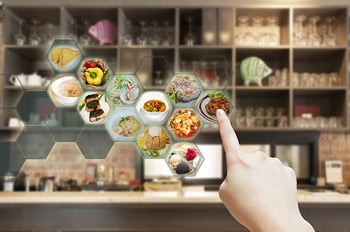 In times of uncertainty, it’s important that you can keep everything organized and operating smoothly. Make sure you invest in technology that can integrate and operate as a suite of solutions that combines your point of sale (POS) system, online ordering, delivery, and loyalty program all in one place.
In times of uncertainty, it’s important that you can keep everything organized and operating smoothly. Make sure you invest in technology that can integrate and operate as a suite of solutions that combines your point of sale (POS) system, online ordering, delivery, and loyalty program all in one place.
Integration is crucial, especially when expanding your offerings. It’s imperative to ensure that all your orders—whether online, in-app, third-party, or phone—are in one comprehensive location. This prevents order errors and streamlines operation.
Integration is also crucial for optimizing and obtaining customer data. If you can’t share data across systems and platforms, you won’t be able to achieve as much visibility and can lose out on critical insight. For example, without an integrated system, restaurants lose out on customer data obtained through third-party ordering systems. An integrated solution, however, enables you to own and control all customer data, no matter where it came from. A comprehensive customer database allows you to effectively create and execute personalized promotions and important announcements.
 There will be major changes in the tasks that are required of your restaurant staff. Rather than taking in-person orders and seating guests, more labor will need to be allocated to managing the influx of online orders for pickup and delivery. Make sure your staff is aware of changes to policy, tasks, responsibilities, and more. They need to know what they should prepare for, and how their job responsibilities will be affected by the pandemic.
There will be major changes in the tasks that are required of your restaurant staff. Rather than taking in-person orders and seating guests, more labor will need to be allocated to managing the influx of online orders for pickup and delivery. Make sure your staff is aware of changes to policy, tasks, responsibilities, and more. They need to know what they should prepare for, and how their job responsibilities will be affected by the pandemic.
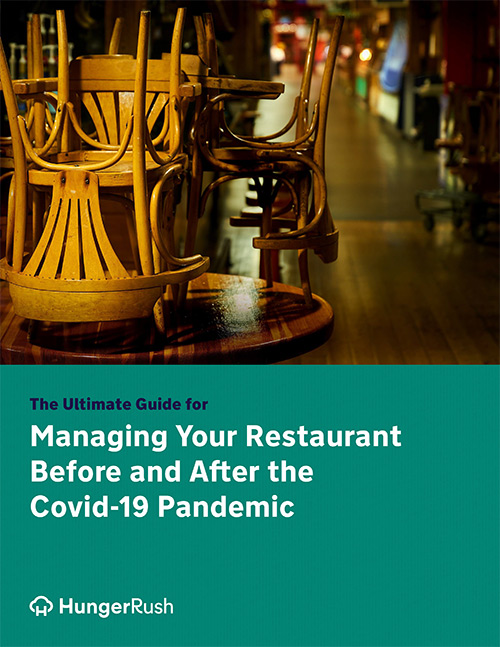
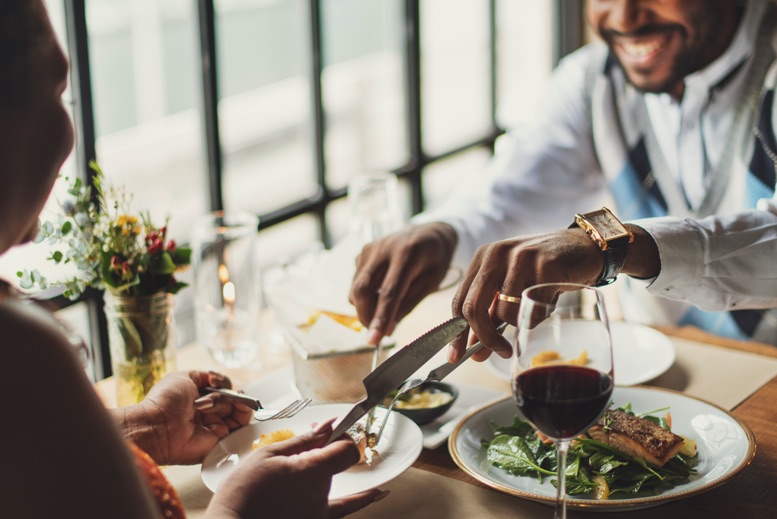
 Maintaining restaurant profitability is key. The two things that aid profitability are:
Maintaining restaurant profitability is key. The two things that aid profitability are: If you don’t already have the resources on-hand to manage the influx of delivery orders,
If you don’t already have the resources on-hand to manage the influx of delivery orders,  In times of uncertainty, it’s important that you can keep everything organized and operating smoothly. Make sure you invest in technology that can integrate and operate as a suite of solutions that combines your point of sale (POS) system, online ordering, delivery, and loyalty program all in one place.
In times of uncertainty, it’s important that you can keep everything organized and operating smoothly. Make sure you invest in technology that can integrate and operate as a suite of solutions that combines your point of sale (POS) system, online ordering, delivery, and loyalty program all in one place. Leverage your loyalty program to gather membership data and send emails to your database of customers. Again, an integrated system is key to own all of your customer data so that you can properly collect, communicate, and reward customers. This is another instance where you can tailor your promotions to suit the needs of your customers. Adjust your rewards to current events, and give extra points or freebies for online orders, gift card purchases, and more.
Leverage your loyalty program to gather membership data and send emails to your database of customers. Again, an integrated system is key to own all of your customer data so that you can properly collect, communicate, and reward customers. This is another instance where you can tailor your promotions to suit the needs of your customers. Adjust your rewards to current events, and give extra points or freebies for online orders, gift card purchases, and more.